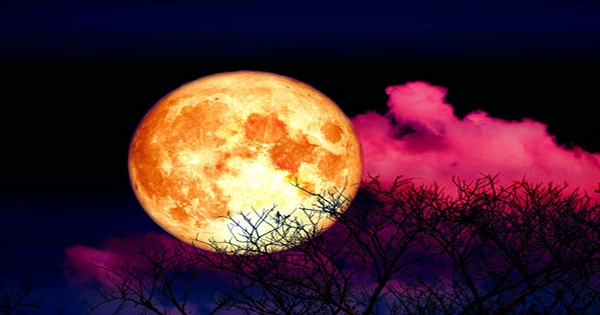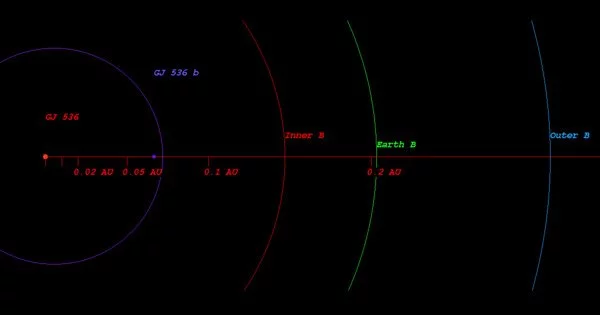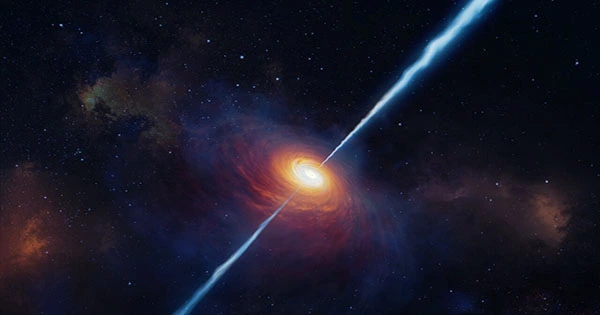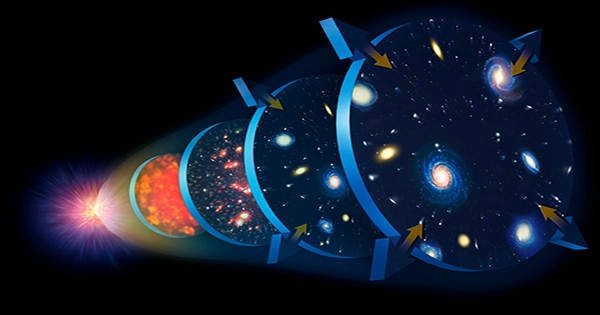This month, on Saturday, April 16, the first full Moon of spring will occur. This one is known as a Pink Moon and has great religious significance in civilizations all across the world. The Moon, though, will not appear significantly different from its typical colour unless you’re looking through rose-tinted spectacles. The term is derived from the Maine Farmer’s Almanac, which was influenced by the United States. The Native American names of each full Moon of the year were published in the Almanac in the 1930s. The pink in “Pink Moon” refers to the blooming pink plant phlox subulata, which blooms around this time.
However, Native American tribes are not all of the same culture, thus this Moon has been called the Sprouting Grass Moon, the Egg Moon, and even the Fish Moon. It’s known as the Pesach Moon in Judaism, as it coincides with the Jewish holiday of Pesach (Passover). This is also the Paschal Moon, the first full Moon before Easter for Christians. This is Hanuman Jayanti in Hinduism, which commemorates Lord Hanuman’s birth, and Bak Poya in Sri Lanka, which commemorates Lord Buddha’s visit to Nagadipa.
If you were hoping for a color-changing Moon, you won’t be disappointed. That will take place next month. A complete lunar eclipse, sometimes known as a “blood moon,” will occur between May 15 and 16. Our planet will cast a shadow on the Moon, which will look red owing to sunlight passing through the Earth’s atmosphere. From half of North America, most of Central America, and all of South America, the eclipse will be seen in its entirety. Before daybreak, the show will be visible in parts of Western Africa and Antarctica.
On January 21, 2019, the early morning night sky will host a unique and uncommon event: a total lunar eclipse will occur while the Moon is closest to Earth — a phenomenon known as a “Super Blood Moon” that will not be observed again until 2036. Though unusual, the occurrence is not a portent of “impending doom,” as some media outlets have stated. Only 28 of the 87 complete lunar eclipses that will occur this century will coincide with the perigee of supermoons, or the period when the Moon is closest to Earth, according to Newsweek.
A complete lunar eclipse happens when the Earth, Sun, and Moon are in syzygy alignment (the Greek word for “paired together”), when the Earth passes between the Sun and the Moon, casting its shadow on the Moon. The umbra (the darker, center section), penumbra (the outer part), and antumbra (the partly darkened area beyond the umbra) of Earth’s three shadows determine which type of eclipse will occur — in this example, the umbra.
When this happens, light travelling through the Earth’s atmosphere is refracted back towards the Moon, turning the Moon a coppery crimson – thus the moniker Blood Moon. Its color during totality is determined by dust in the Earth’s atmosphere at the moment, which filters off higher frequency blue waves while allowing longer red waves to get through, and can range from a deep, dark red to lighter orange and yellow colours. NASA’s Jet Propulsion Laboratory in California filmed a time-lapse of a comparable Super Blue Blood Moon occurrence in January 2018.
















